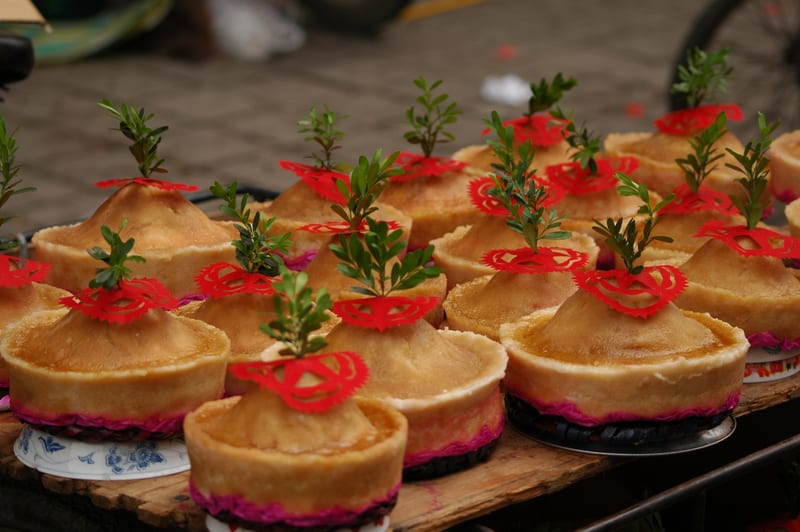
When we talk about Japanese cuisine, it wouldn’t be wrong to say that it’s pretty diverse. Ranging from savory recipes to desserts, there are so many recipes out there that bring us to rice cake vs. mochi comparison. This is because these recipes are widely associated with Japanese cuisine, and we are here to outline the differences for you!
Rice Cake vs Mochi
Rice Cake
The rice cakes can be anything that’s made from rice and are shaped and condensed to make a cake shape. There is an amazing range of rice cakes available out there, and every culture and cuisine has different rice cakes. For instance, in Asia, rice cakes are pretty common, but they are made with white rice. In addition, the rice cake is made from rice flour, which is made from ground rice. Also, some rice cakes are also made from whole grains of rice, which are compressed together.
When it comes down to the Asian rice cakes, the Korean rice cakes are most popular, particularly tteokbokii. The steamed rice cakes are pretty common in Chinese cuisines as well, but some people have started stir-frying the rice cakes. For the most part, the rice cake is made by pounding the rice flour dough to add a chewy texture to rice cakes. As far as the shape is concerned, the rice cakes tend to be cylindrical in shape, but you can turn them into any desired shape.
The rice cakes are usually made with a combination of tapioca starch and rice flour. However, the tapioca starch adds a chewy texture to the rice cake. On the other hand, if you only use rice flour for making the rice cake, it will come out too dense and firm if you bite into the cakes. As far as making rice cake is concerned, the flour is kneaded with boiling hot water as it helps make the dough more pliable and flexible, promising easier shaping into the rice cake.
It wouldn’t be wrong to say that flexible dough will help you manipulate the dough however you like. All in all, the rice cakes can be stored in the Tupperware for over one week, and they can be soaked in hot water for two minutes for reheating. In addition, the rice cakes can be frozen in a freezer bag for months of freezing. Also, the frozen rice cakes can be reheated by soaking them in hot water for over five minutes.
Mochi
Mochi is a well-known Japanese recipe, and it’s actually the rice cake made from high-end glutinous rice. In particular, the short-grain glutinous rice is used for making mochi because this rice variety is easier to handle and adds the stickiness that’s essential for rice cakes. The other ingredients of mochi include cornstarch, water, and sugar. As far as the rice is concerned, they are pounded to make a paste and are molded into the desired shape.
It is a year-round recipe, but it’s actually a traditional food served during the New Year in Japan. This is the prime reason that mochi is commonly available during those times. The best thing about mochi is that it’s healthier and has multiple components, including proteins, lipids, and polysaccharides. Moreover, the short-grain glutinous rice used in mochi has a higher amylopectin level, which results in a gel-like and sticky texture.
It is usually compared with dango, but dango is made from rice flour, while mochi is made from pounded rice paste. Mochi started back in China, but in a short span of time, it became a popular addition to Southeast Asia and Japan. When it comes down to the preparation of mochi, it uses the sweet flour made from sweet rice, which is mixed with water and is cooked to create a white mass with an opaque and sticky texture. In fact, the cooking process is performed twice to achieve a transparent and malleable form.
It can be easily made at home if you have the right equipment for pounding the rice. Also, we do want to add that mochi can only be made from waxy and glutinous rice because of the compressibility and texture. The secret to making mochi is achieving the chewy texture, but it should be easier to separate as well.